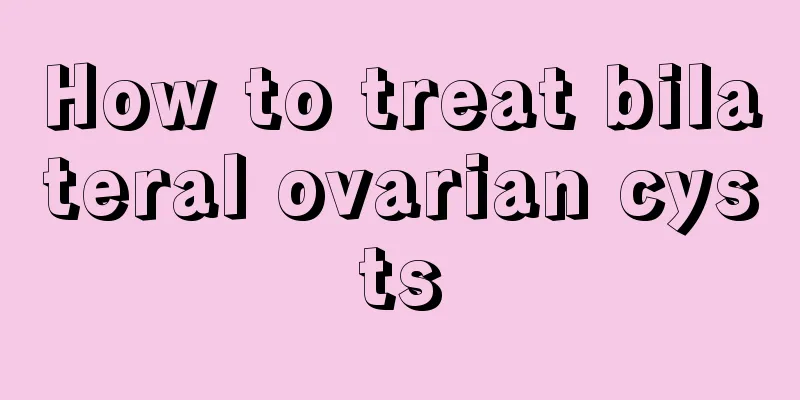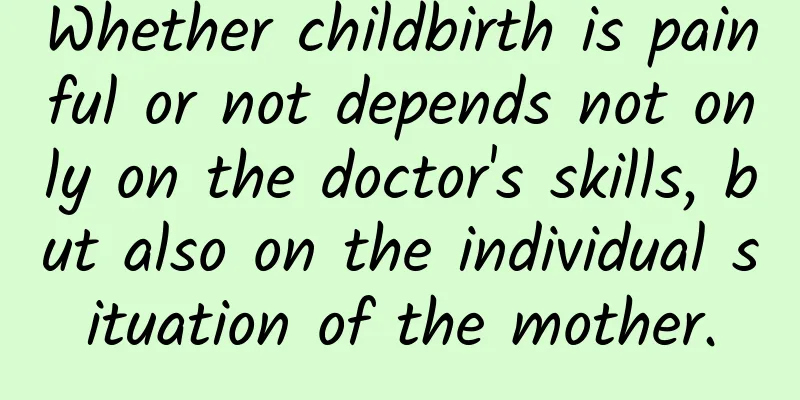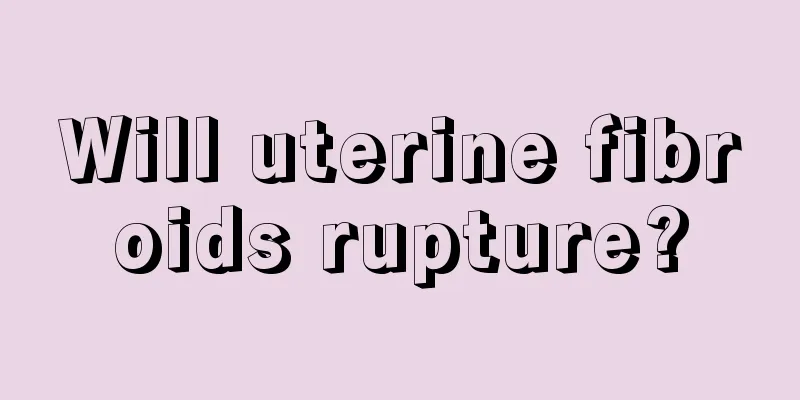How to treat bilateral ovarian cysts

|
I believe everyone is familiar with the symptoms of ovarian cysts. Ovarian cysts are a common gynecological disease. There are many causes of ovarian cysts. It is generally believed that genetics and endocrine factors are the factors that lead to the occurrence of ovarian cysts. In addition, there are lifestyle and environmental factors that lead to the occurrence of ovarian cysts. So how should we deal with ovarian cysts? Below we describe how to treat bilateral ovarian cysts. Ovarian cysts are a type of ovarian tumor in a broad sense. They can occur in people of all ages, but are most common in those aged 20 to 50 years. Ovarian tumors are common tumors of the female reproductive system and have various properties and morphologies, namely: unilateral or bilateral, cystic or solid, benign or malignant, among which cystic ones are more common and have a certain proportion of malignant ones. Surgical treatment: The treatment of ovarian cysts depends on factors such as the patient's age, whether it is malignant, the location, volume, size, growth rate of the cyst, whether the reproductive function is preserved, and the patient's subjective wishes. 1. Surgical treatment of benign ovarian cysts (1) Ovarian cystectomy: This procedure is often used in young patients, especially premenopausal patients, while preserving normal ovarian tissue as much as possible. (2) Salpingo-oophorectomy: Older patients (over 45 years old) or postmenopausal patients can undergo unilateral or bilateral salpingo-oophorectomy. It is worth noting that in the surgical treatment of larger ovarian cysts, the size of the incision should be ignored and complete resection is preferred to avoid breaking the patient's pulse and allowing the contents to spill into the abdominal cavity or incision. During the operation, attention should be paid to the rapid changes in abdominal pressure that cause changes in the patient's pulse, breathing, and blood pressure. When necessary, infusion or blood transfusion, oxygen supply should be accelerated, and early detection of acute gastric dilatation, paralytic intestinal obstruction, and the resulting water and electrolyte imbalance should be prevented. 2. Surgical treatment of malignant ovarian cysts (1) Most patients are in the advanced stage when they seek medical treatment, so every effort should be made to remove the primary cyst and any visible pelvic and abdominal metastases. Because malignant ovarian cysts are often adhered or infiltrated with the uterus and adnexa, and are closely attached to the pelvic peritoneum, the uterus and tumor are often removed in one piece along with the pelvic peritoneum in a rolling carpet style, such as omentectomy, partial intestinal resection, partial bladder and ureter resection. (2) Consider placing a catheter in the peritoneal cavity to facilitate the postoperative intraperitoneal injection of chemotherapy drugs. In the above article, we introduced a common gynecological disease, which is ovarian cyst. We know that ovarian cysts are very harmful, so everyone should pay attention to this disease. The above article introduces in detail how to treat bilateral ovarian cysts. |
<<: What should women do if they have kidney deficiency?
>>: The secret of maintaining a 35-year-old woman
Recommend
When is fennel eaten? Is fennel a cooling or warming food?
Fennel sprouts are a kind of spicy vegetable. Its...
Can I eat pears during menstruation?
The menstrual period is a sensitive period for fe...
What should I do if there is a lump on the perineum?
If a lump appears on a woman's perineum, she ...
Misunderstandings about COPD (I)
What are the symptoms of COPD? What to do if you ...
Is it normal for women to have dysmenorrhea every month?
Most adult women's menstruation is relatively...
How to reduce and prevent melasma through traditional Chinese medicine treatment?
Chloasma is a common skin disease, which is more ...
How long after the IUD is removed can it be safe to get pregnant?
The contraceptive ring is a contraceptive tool us...
What's going on when menstruation suddenly decreases?
Irregular menstruation is a gynecological disease...
What should I do if I can’t tell the difference between a cold and allergic rhinitis?
The leaves gradually turn yellow, and the weather...
What does category 3 breast hyperplasia nodules mean?
Category 3 of breast hyperplasia nodules is a med...
Why is it that when the annual physical examination is normal, cancer is suddenly diagnosed?
It is generally believed that regular annual phys...
What should pregnant women eat for breakfast?
Women need to pay special attention to their diet...
Can pregnant women eat dates in the first three months?
Red dates are generally a very suitable food for ...
Airway foreign body obstruction: An emergency guide to protect your breathing
Author: Chen Hui, head nurse of the First Affilia...
Increased discharge in girls
It is normal for a girl's vagina to secrete s...




![[Medical Q&A] How to prevent onychomycosis?](/upload/images/67f0ff4dd3e14.webp)




